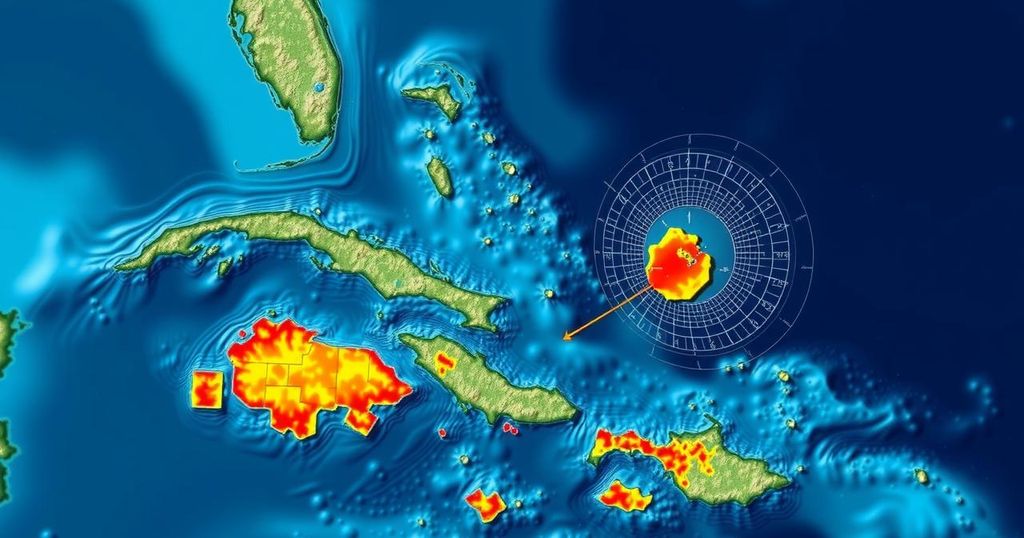The Virgin Islands experiences year-round seismic activity, making earthquake safety a key concern as hurricane season ends. Recent strong earthquakes, such as the one near Cuba, prompt discussions about preparedness. The Puerto Rico Seismic Network (PRSN) monitors seismic events and collaborates with local agencies to disseminate safety information. Individuals are urged to engage in preparedness activities and utilize available resources to protect against potential earthquakes and tsunamis.
As hurricane season concludes, it is essential to focus on another natural phenomenon present in the Virgin Islands: earthquakes. Seismic activity is prevalent year-round throughout the Caribbean, highlighted by a significant recent earthquake near Cuba. This occurrence underlines the necessity for heightened earthquake preparedness among residents and visitors in the Virgin Islands. The Puerto Rico Seismic Network (PRSN) continuously monitors seismic activity to ensure the safety and awareness of the community, as explained by seismologist Elizabeth Vanacore. PRSN serves as the primary authority in seismic monitoring for Puerto Rico and the Virgin Islands. It reports findings in collaboration with the United States Geological Survey (USGS), utilizing advanced equipment such as broadbands and accelerometers to gather seismic data. These instruments help capture significant local events as well as data from global occurrences, which can then be shared with the public and emergency responders promptly. Explaining the impact of the recent magnitude 6.8 earthquake near Cuba, Vanacore reassured that such events do not predict similar occurrences in the nearby USVirgin Islands (USVI). The earthquake was linked to a specific fault known for activity but does not indicate immediate danger for the islands. The scale of an earthquake, indicated by magnitude, reflects the energy released during such events, with larger quakes releasing exponentially more energy. Preparedness for seismic events remains critical, particularly in a geographically active region like the USVI and Puerto Rico. Vanacore emphasized the unpredictability of earthquakes and the importance of readiness. Public education initiatives and community engagement in drills are essential to prepare for potential earthquakes or tsunamis. PRSN encourages individuals to familiarize themselves with safety procedures and to utilize resources available through local emergency management agencies.
Hurricanes often dominate weather discussions in the Caribbean; however, earthquakes pose a continual threat to the region. The Virgin Islands, along with Puerto Rico, experiences seismic activity throughout the year due to tectonic movements in the underlying geological fault systems. This geographic reality necessitates ongoing education and awareness concerning earthquake safety and preparedness for both residents and visitors alike. By collaborating with seismological experts and emergency management organizations, communities can better equip themselves to respond effectively to such natural disasters.
Understanding the risk of earthquakes and preparing accordingly can significantly mitigate their impacts. The recent seismic event near Cuba demonstrates the region’s vulnerability to such natural phenomena. Continued collaboration among monitoring networks like PRSN, education, and public drills will enhance community resilience. Residents are encouraged to take preventative measures and engage with local resources to establish an informed and prepared populace. It is through collective efforts that individuals and communities can elevate their readiness for earthquake-related incidents.
Original Source: stthomassource.com






